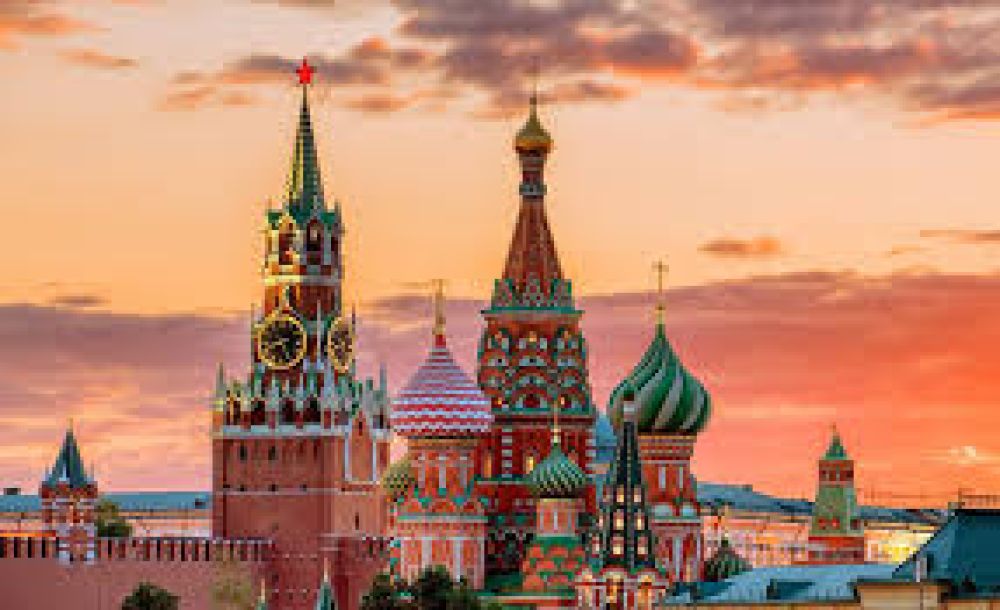

The Kremlin has stood at the center of Russian power for centuries, with its origins dating back to the 2nd millennium BC when it was first inhabited. The site we now know as the Moscow Kremlin began as a medieval city-fortress, and over time it evolved into the grandiose complex we see today.
The rise of the Kremlin as a tourist attraction began in earnest during the Soviet era. Following the Russian Revolution of 1917, the Soviet government recognized the potential of the Kremlin to serve as a symbol of power and a link to Russia’s storied past. By the time of the 1980 Moscow Olympics, the site had been fully integrated into the Soviet Union's tourism propaganda, showcasing the might and heritage of the nation to foreign visitors.
With the fall of the Soviet Union, the Kremlin gained new layers of historical significance, representing not only the power of Russian Tsars and Soviet leaders but also the transition to a new Russia. It has remained a popular site for those interested in Russian history, architecture, and politics.
Modern tourism at the Kremlin offers visitors the chance to explore ancient cathedrals, grand palaces, and formidable fortifications. The Kremlin's museums, such as the Armory Chamber, display treasures such as Fabergé eggs, royal attire, and state regalia. Tourists can also witness the changing of the guard ceremony at the Tomb of the Unknown Soldier, adding a sense of living history to the experience.
In recent years, digital technology has transformed how tourists experience the Kremlin. Virtual tours, augmented reality applications, and online ticketing systems have made it more accessible and engaging for international and domestic tourists alike.
Sustainable tourism has also become a focus, with efforts to preserve the Kremlin's architecture and reduce the environmental impact of tourism. Meanwhile, heritage and cultural tourism continue to thrive, with an emphasis on authentic experiences and learning about Russia's rich history and traditions.
To cater to the growing interest in personalization and unique experiences, the Kremlin offers various specialized tours, including historical reenactments, night tours, and thematic excursions that delve deep into specific aspects of Russia's past.
Looking ahead, the Kremlin is expected to remain at the forefront of Russia's tourism industry, with ongoing efforts to enhance accessibility and visitor services. As it adapts to global tourism trends and the evolving interests of travelers, the Kremlin will no doubt continue to captivate visitors from around the world with its majestic splendor and profound historical significance.